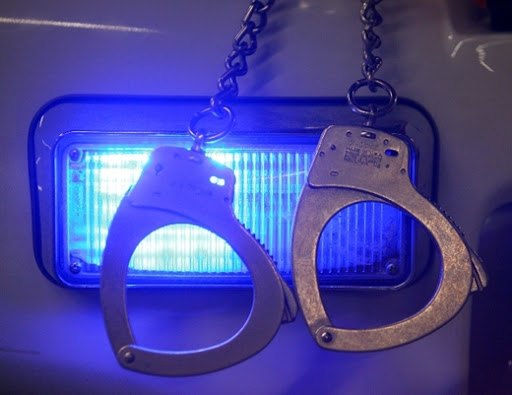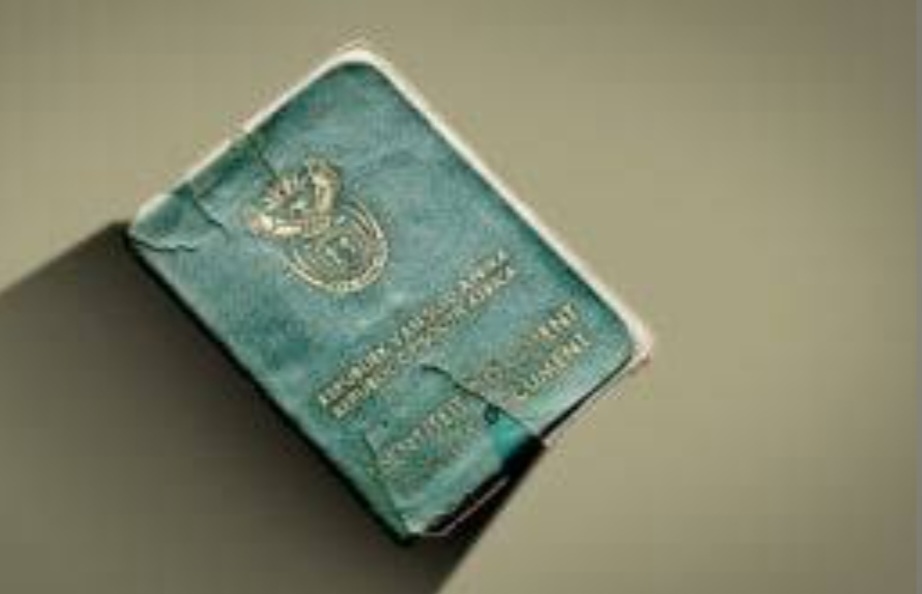A report by the University of the Free State shows that the South African Sign Language (SASL) is used by more than 600 000 people in the country. Until now, South African had 11 official languages which include Sepedi, Sesotho, Setswana, siSwati, Tshivenda, Xitsonga, Afrikaans, English, isiNdebele, isiXhosa, and isiZulu.
IN THE CONSTITUTION
Yesterday was a historic day as President Cyril Ramaphosa made sign language the 12th national language during a ceremony at the Union Buildings in Pretoria. This is after the National Assembly approved that Section 6 of the Constitution of the Republic of South Africa, be amended to include South African Sign Language (SASL) as an official language to promote the rights of persons who are deaf and hard of hearing.
WITHIN RIGHT
The presidency says, "The recognition of South African Sign Language (SASL) as the 12th official language is an important step towards the realisation of the rights of persons who are deaf or hard of hearing." It further states that "South African Sign Language is an indigenous language that constitutes an important element of South African linguistic and cultural heritage. It has its own distinct grammatical structures and lexicon and it is independent of any other language."
THE NEW LEGISLATURE
The new legislation seeks to advance the cultural acceptance of SASL, ensure the realisation of the rights of persons who are deaf and hard of hearing to equal protection and benefit of the law and human dignity; and promote inclusive and substantive equality and prevent or eliminate unfair discrimination on the grounds of disability, as guaranteed by Section 9 of the Constitution. "With this initiative, South Africa becomes the fourth country on the African continent to recognise sign language as an official language; other countries are Kenya, Zimbabwe, and Uganda," the presidency adds.







